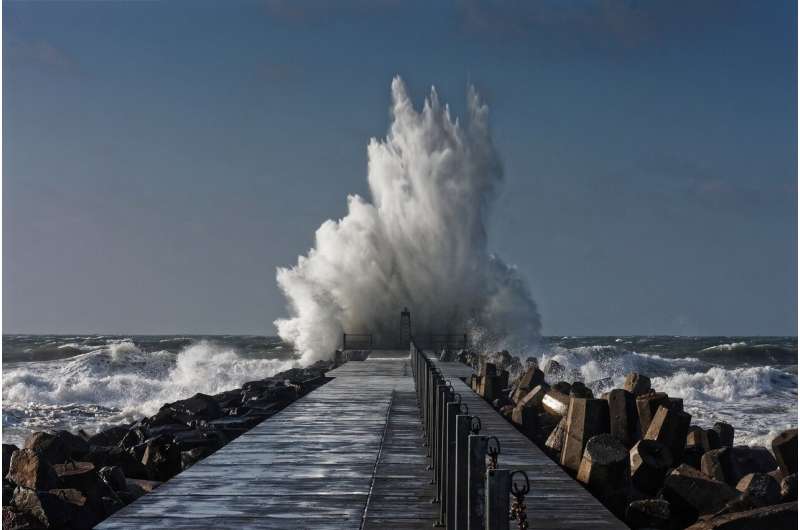This article has been reviewed according to Science X's editorial process and policies. Editors have highlighted the following attributes while ensuring the content's credibility:
fact-checked
trusted source
proofread
Surge pricing a growing part of consumer experience, says expert

The public reacted swiftly this week when news spread that Wendy's had potential plans to test-run surge pricing in its restaurants.
While the popular fast-food chain has since indicated it will not increase prices during the busiest times at its restaurants, the situation has shed light on both current and potential future surge pricing practices, says Brock University's Eric Dolansky.
The Associate Professor of Marketing with Brock's Goodman School of Business says the thought of restaurants introducing dynamic pricing elicited public backlash because it "violates norms and expectations" for the food industry.
As of late, the concept of surge pricing has been attributed mainly to transportation companies such as Uber, which use a dynamic model to moderate use by customers based on supply and demand.
However, "surge pricing is a relatively new name for a fairly old concept," says Dolansky, who studies behavioral economics, price perception, and consumer estimations of value.
"Tying price to supply and demand is as old as classical economics, but the technological power needed to do it in real-time and on a wider scale is more recent," he says. "Even so, for decades, companies have been altering prices based on either actual or expected demand."
Dolansky points to the travel industry, where both airlines and hotels operate on dynamic pricing models—and have for some time.
The difference is the perceived value for consumers when it comes to purchases such as travel versus physical products, such as food items, for which customers expect relatively stable prices, he says.
For instance, with Niagara Falls being one of few places in the path of totality for the April 8 total solar eclipse, hotels raised their prices in anticipation of the celestial event's ability to draw tourists.
"Staying in Niagara Falls around April 8 holds a great deal more value, for some consumers, than that same stay one week earlier or later," Dolansky says. "Therefore, they are willing to pay more, and the companies involved are trying to capitalize on that desire."
However, gift shops, tourist attractions, and restaurants in the Niagara area wouldn't normally change their prices based on an expected increase in demand, he says.
"If these businesses raise their prices, they need to convince customers it's worth it."
This may be done by providing an exclusive offering, such as a special menu, to increase the perceived value, he says.
Dolansky says businesses have to be careful that their pricing—not only the amount but the way prices are set and change over time—reflects the value that customers perceive.
"If customers don't see a difference in value based on, for example, how busy a particular fast-food franchise is at a given moment, they won't be willing to accept a higher price," he says.
Dolanksy says it's beneficial for businesses to research, innovate and test out different pricing models, but that they must be based on customer value.
"We inherently understand that if something is in greater demand, we may need to pay more for it," he says. "But for food, in most situations in Canada, there is not the same scarcity—thankfully—so a model like this may feel artificial."
Provided by Brock University




















